What Is The Tungsten-alloy Mobile Phone Shielding Part?
The tungsten alloy mobile phone shielding part is mainly employed to attenuate high‐energy electromagnetic radiation emitted from mobile telephones. It has a small volume and a high specific density. This component effectively reduces radiation in mobile telephones and helps protect users.
Electromagnetic Radiation from Mobile Phones
Electromagnetic radiation from mobile telephones is a form of electromagnetic energy. It is transmitted by radio waves or particles. Mobile telephones naturally emit this radiation. It exists in our environment. We receive exposure from the Earth, outer space and our own bodies. Scientists consider low levels of such radiation to be non‐harmful. Radiation is used in medicine for the diagnosis and treatment of certain diseases.
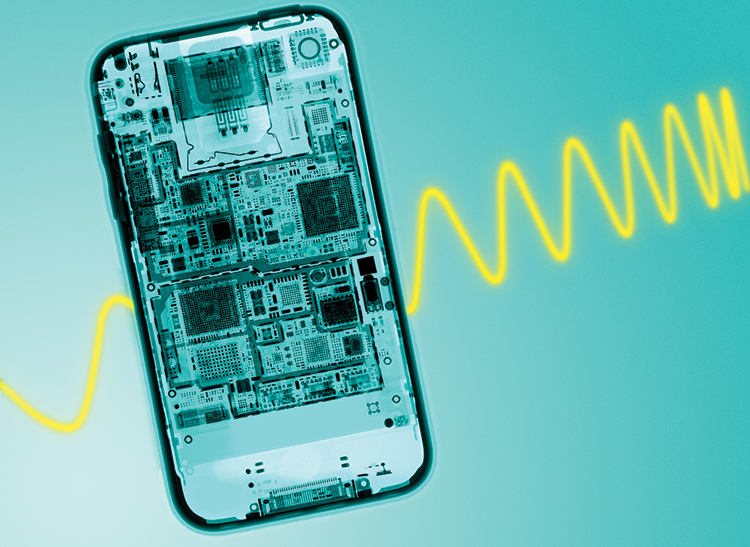
Mobile telephones are increasingly popular today. Consequently, the radiation they emit must be attenuated. Mobile telephones generate electromagnetic radiation because they operate using radio waves to transmit and receive signals. Although the levels are low, shielding is necessary. Researchers are developing shields for mobile telephones. The tungsten alloy mobile phone shielding part is a viable option for this purpose.
Tungsten Alloy Mobile Phone Shielding Parts
Owing to its high density and small dimensions, tungsten alloy shielding parts are widely manufactured to protect individuals from radiation exposure. Furthermore, tungsten alloy is non‐toxic and environmentally friendly. The frame of the mobile phone shield is produced from wear‐resistant tungsten alloy. Its abrasion resistance has been validated over many years. This design ensures that the shield remains effective for extended periods.
Compared with conventional shielding materials such as lead and boron carbide, tungsten alloy shielding parts offer a higher density for a given weight. For the same weight, the tungsten alloy shield occupies only one third of the volume of lead. It is capable of absorbing an equivalent amount of radiation owing to its high density. Consequently, the tungsten alloy shield is thinner while providing a higher radiation absorption capacity. This is why tungsten alloy is used for mobile phone shielding parts.
Conclusion
Thank you for reading our article. We hope it has helped you to understand the tungsten alloy mobile phone shielding part more clearly. For further details about tungsten products, please visit Stanford Advanced Materials (SAM).
Stanford Advanced Materials (SAM) is a worldwide supplier of tungsten metal. The company has over 20 years of experience in the manufacture and distribution of tungsten products. Its products meet the research and production requirements of customers. SAM is a tungsten supplier and business partner to consider.

 Bars
Bars
 Beads & Spheres
Beads & Spheres
 Bolts & Nuts
Bolts & Nuts
 Crucibles
Crucibles
 Discs
Discs
 Fibers & Fabrics
Fibers & Fabrics
 Films
Films
 Flake
Flake
 Foams
Foams
 Foil
Foil
 Granules
Granules
 Honeycombs
Honeycombs
 Ink
Ink
 Laminate
Laminate
 Lumps
Lumps
 Meshes
Meshes
 Metallised Film
Metallised Film
 Plate
Plate
 Powders
Powders
 Rod
Rod
 Sheets
Sheets
 Single Crystals
Single Crystals
 Sputtering Target
Sputtering Target
 Tubes
Tubes
 Washer
Washer
 Wires
Wires
 Converters & Calculators
Converters & Calculators
 Write for Us
Write for Us
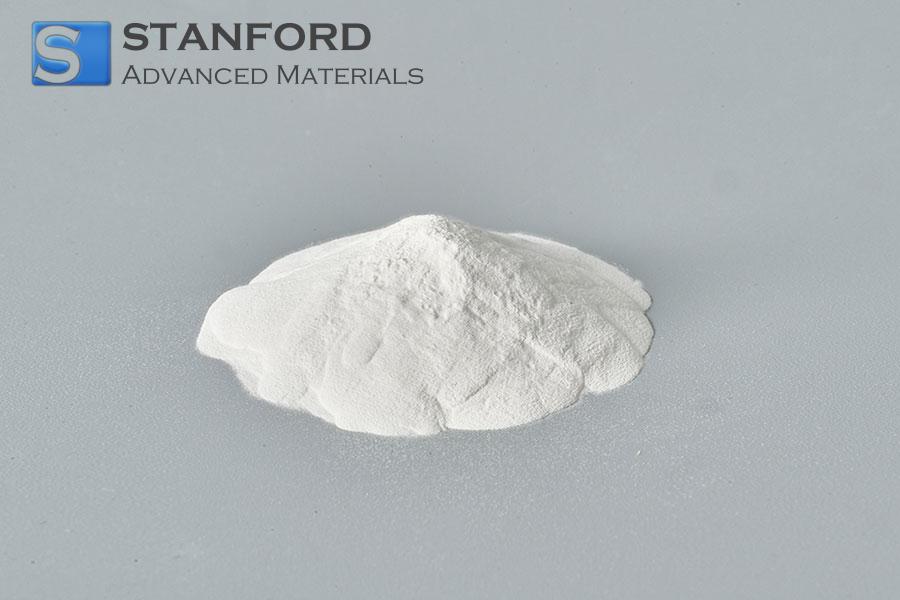
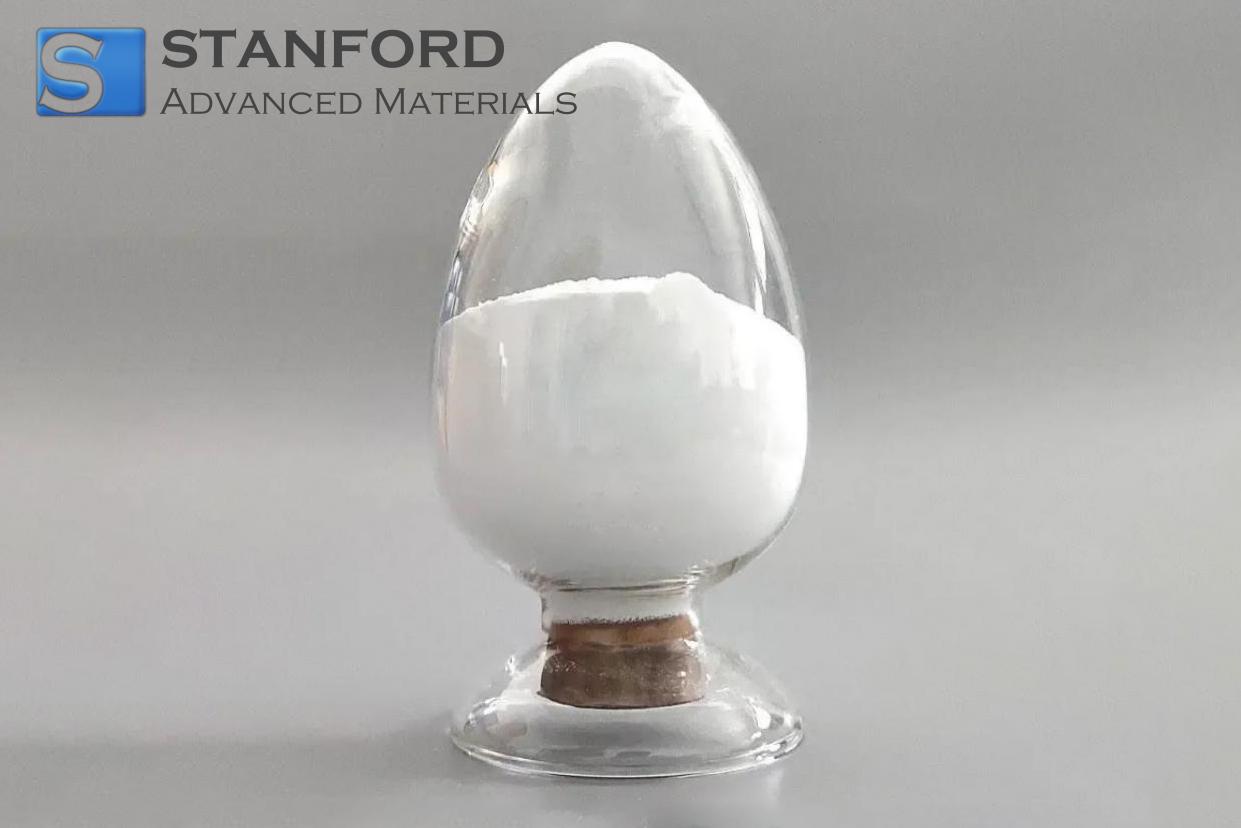
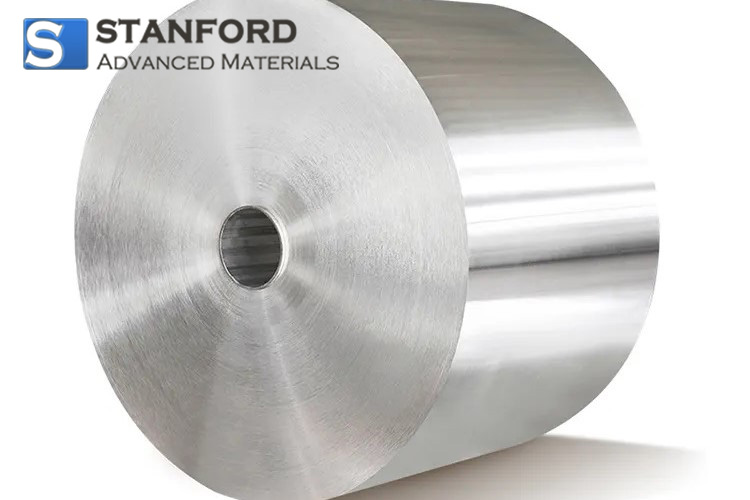
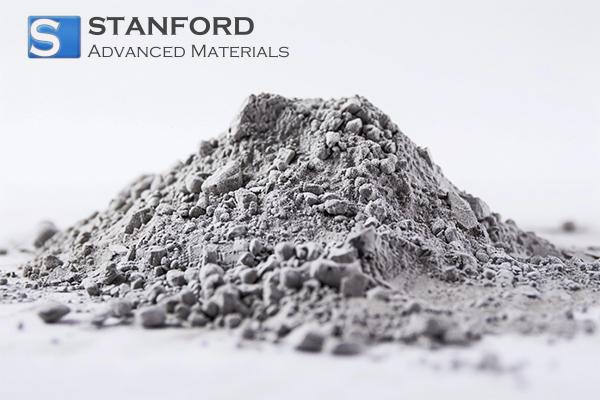
 Chin Trento
Chin Trento



